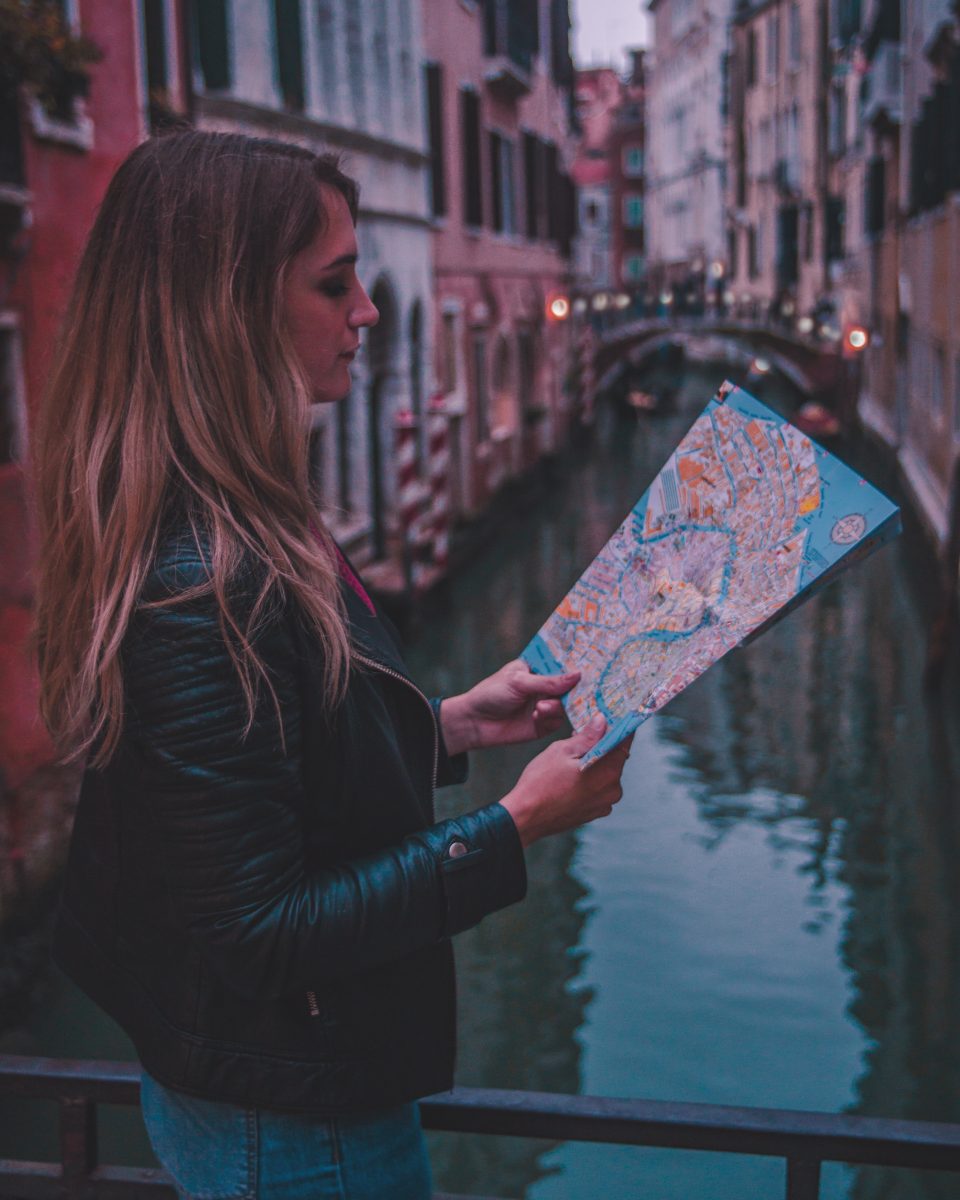Lovemaps (2)

What’s next!
It’s Sean here, I am back with the question: What’s next? Last time we looked at the clinical concept of lovemaps and their natural/native development. This correlates with the development of a native language. In summation, we discussed the clinical concept of our natural lovemaps being unfettered and mature around age eight.
In an ideal environment
That is to say, we are potentially ready at eight years of age to start exploring and enjoying age appropriate love and intimate relationships with agemates. Exploring and Learning in a healthy, supportive and sexually positive and enlightened culture, society and family. Subsequently, we would all grow up well adjusted intimately, intellectually, and emotionally secure. In essence, we would be prepared for the love and loves of our lives as they present themselves.
In the real world
The concept is fantastically and wonderfully satisfying. Unfortunately, most of us do not live and are not raised in such families, societies, or cultures. The resulting effect is that our lovemaps, our “idealized and highly idiosyncratic image” of ourselves, our lovers and our relationships can and often are negatively impacted.
Lovemaps and their Distortions

On one hand, our native lovemaps are most often mature and established by the age of eight, on the other, our love maps remain pliable yet fragile. In other words, our lovemaps are at risk of misunderstanding, avoidance, neglect, abuse, prohibition and inhibition. Our natural curiosity and affections can be purposely and/or accidentally hurt, harmed, impaired, distorted, and damaged though experiences with peers and adults as we develop from children to adults and beyond.
…sexuoerotic development is blanketed by an avoidance taboo.
Lovemaps, John Money

Our schools, churches, peer groups, and even our homes can be sources of censorship, punishment and embarrassment around the issues of intimacy, affection, and nudity. Sexuoerotic development is often willfully ignored or discounted as innappropriate or unnecessary. Any negative experiences in these areas can adversely impact our lovemaps and our desire or ability to express ourselves comfortably and honestly with not only our friends, family and partners, but also potentially with ourselves as well.
Hurt and Healing
Through these experiences our native lovemaps become injured. As with physical injuries, our “lovemap” injuries must heal. Through the healing process we often develop scars. These scars are reminders of our experiences, our injuries and our healing. In a sense, these “love” scars can be thought of as our own special intimate and sacred knowledge. The truth of both our inherent and instinctive intimate desires as well as our acquired affections and intimate interests.
Lovemap defacement my be extensive, but total obliteration is unlikely.
Lovemaps, John Money

The result of our experiences, both positive and negative, in our childhood and adolescent years into adulthood continue to shape and inform our lovemaps throughout our lives. It is never to late to heal and recover. Healing ourselves and our intimate lives. This is part of the process towards establishing a healthy happy intimate adult (HHIA) relationships. We can do this at any age and in every moment.
In this moment, I am going to say „bye till next time“. Next time we will look at where and how we begin to heal. This is Sean signing off.
It would be great to hear your thoughts!
Till next time: Our Blog-Lessons –1–2–3–4–5–6–7–8–9–10–11–12–13–14–15–16




Hello There. I found your blog using msn. This is an extremely well written article. Andra Gilburt Cimbura
Thank you, Andra!
Your style is really unique in comparison to other people I have read stuff from. Melba Shelton Filmore
Thank you for your comments.